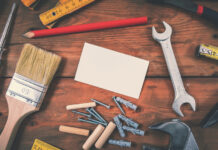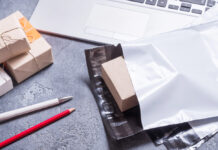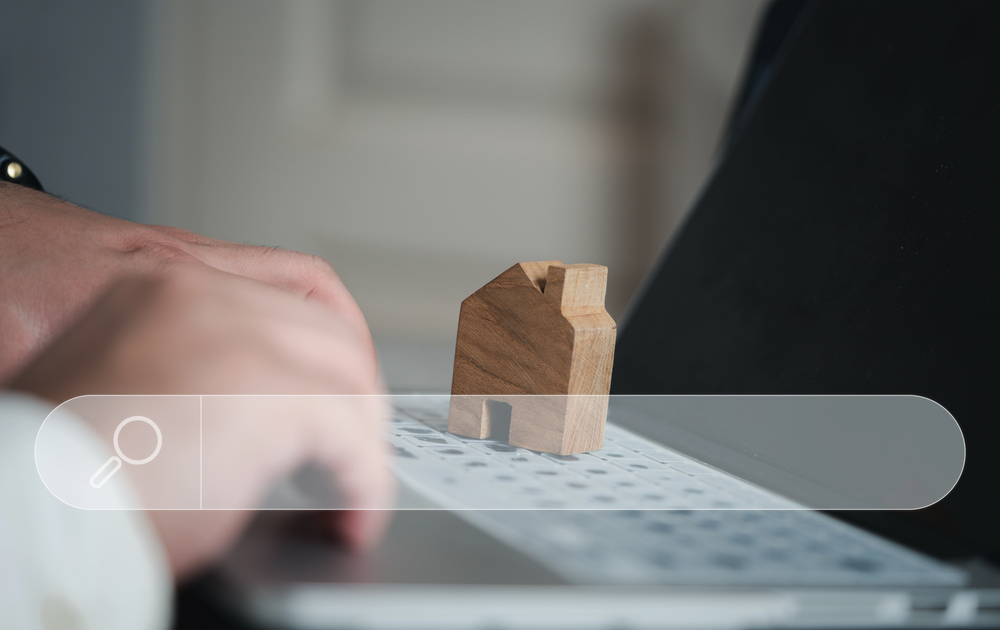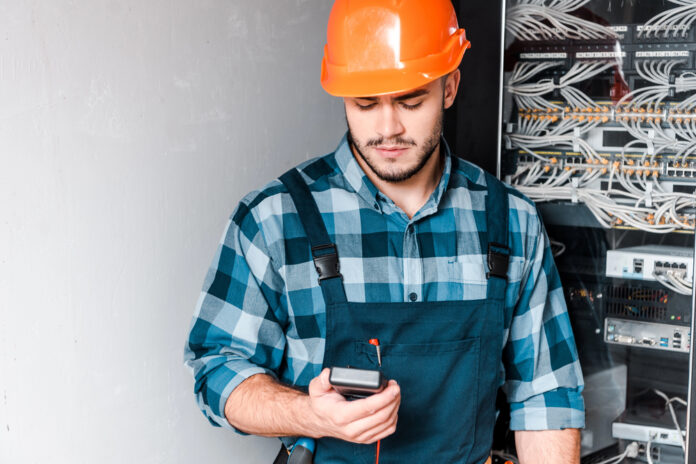Digital meters—whether multimeters, clamp meters, or specialized testers—are essential tools in the hands of electricians, engineers, technicians, and DIY enthusiasts. These devices help measure voltage, current, resistance, and other electrical parameters accurately. However, despite their reliability and convenience, improper usage can lead to incorrect readings, damaged equipment, or even serious safety hazards.
In this article, we’ll explore the most common mistakes people make when using a digital meter, and how to avoid them to ensure safe and accurate measurements every time.
1. Using the Wrong Settings or Function
One of the most common mistakes is selecting the wrong function or measurement range on the meter. For example, trying to measure voltage while the dial is set to current, or vice versa, can result in false readings or damage to the meter.
How to avoid it:
- Always double-check the dial or mode setting before connecting probes.
- Familiarize yourself with the meter’s symbols and labels.
- If your meter has an auto-ranging function, understand how it works and when manual ranging might be more appropriate.
2. Incorrect Probe Placement
Connecting the test leads to the wrong input jacks can lead to inaccurate readings or even blow the internal fuse of the meter. This often happens when users forget to switch the probe from the high-amperage input back to the voltage or resistance input.
How to avoid it:
- Always return the probes to the default voltage/resistance ports after using the current function.
- Look for color-coded ports and label indicators to guide proper placement.
- If your meter has a separate port for high current measurements, only use it when needed and never for voltage.
3. Measuring Current in Parallel
One dangerous mistake is attempting to measure current by placing the meter in parallel with a circuit, like you would when measuring voltage. This creates a short circuit, which can damage the meter or even cause electrical hazards.
How to avoid it:
- Remember that current measurements must be taken in series—the circuit must be opened and the meter inserted in line.
- Use clamp meters for safer, non-intrusive current measurements when possible.
4. Ignoring Safety Ratings (CAT Ratings)
Not all meters are designed for all types of environments. Using a meter with a lower CAT (Category) rating in a high-energy setting—like industrial or mains panel work—can be extremely dangerous.
How to avoid it:
- Always check the CAT rating of your meter before using it for high-energy circuits.
- For panel or mains work, use CAT III or CAT IV rated meters.
- Make sure your test leads are also CAT-rated and in good condition.
5. Using a Damaged Meter or Leads
Frayed wires, cracked insulation, broken probes, or malfunctioning screens can compromise both the safety and accuracy of your measurements. Many users continue using damaged equipment, unaware of the risks.
How to avoid it:
- Regularly inspect your meter and leads before use.
- Replace any worn-out or damaged parts immediately.
- Store your meter in a protective case to avoid physical damage.
6. Failing to Zero the Meter (Especially in Resistance Measurements)
If you’re measuring resistance and don’t zero the meter, the internal resistance of the leads can affect the reading, especially in low-resistance circuits.
How to avoid it:
- Short the two probes together and check for any offset (like 0.2 ohms). Subtract this value manually or use a meter with a relative zero function.
- Keep your leads clean and well-maintained.
7. Overlooking the Importance of Calibration
All measuring instruments drift over time. Without regular calibration, your meter may give you inaccurate readings even if it appears to function normally.
How to avoid it:
- Follow the manufacturer’s recommended calibration schedule.
- Use only certified calibration labs.
- For critical measurements, consider recalibrating annually or semi-annually.
8. Not Discharging Capacitors Before Measuring
Measuring resistance or continuity on a circuit with charged capacitors can give false readings—or worse, shock the user or damage the meter.
How to avoid it:
- Always discharge capacitors before taking resistance or continuity measurements.
- Use a resistor and insulated leads to safely discharge high-capacitance circuits.
9. Not Removing Power When Measuring Resistance or Continuity
A very common and risky mistake is trying to measure resistance or continuity in a live circuit. This can damage the meter and give false readings.
How to avoid it:
- Always turn off and isolate power before measuring resistance or continuity.
- Use a voltage detector to double-check if a circuit is live.
10. Improper Storage and Battery Neglect
Storing the meter in a damp or overly hot environment, or leaving drained batteries inside for too long, can cause internal corrosion or failure.
How to avoid it:
- Store your meter in a dry, temperature-controlled environment.
- Remove batteries if you won’t be using it for a long time.
- Replace old batteries promptly to avoid leaks.
11. Not Reading the Manual
Many users skip reading the manual, assuming all digital meters work the same. However, different models can have unique functions, modes, or safety requirements.
How to avoid it:
- Take a few minutes to read the manual, especially for new or unfamiliar meters.
- Pay attention to any warnings or operational notes specific to your model.
Conclusion
A digital meter is a powerful and indispensable tool—but only when used correctly. From choosing the right settings and probe placements to understanding safety ratings and calibration, avoiding these common mistakes can go a long way in ensuring accurate measurements and user safety.
Whether you’re a seasoned technician or a beginner, following these best practices will help you extend the life of your meter, protect your equipment, and stay safe during every job.
Find a Home-Based Business to Start-Up >>> Hundreds of Business Listings.














































